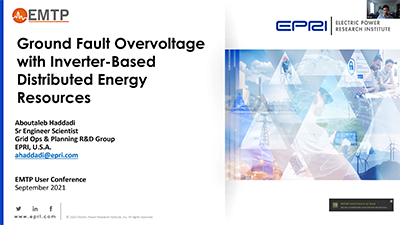Access to EMTP user presentations, webinars, and slide deck presentations.
32 presentations for Protection:
Author(s): Ulas Karaagac
Type:Technical Presentation
Date: 2020-12-14
Abstract
<p>This presentation managed by Ulas Karaagac from the Hong Kong Polytechnic University, show us a Generic EMT-type Model for Wind Parks with Permanent Magnet Synchronous Generator type ... see moreFull Size Converter Wind Turbines. Some presentation of the User Conference are available: https://www.emtp-software.com/support... Abstract : Utilities are under considerable pressure to increase the share of wind energy resources in their generation fleet. With the increasing share of wind energy resources, the dynamic behavior of power systems will change considerably due to fundamental differences in technologies used for wind and conventional generators. There is very little standardization in the ways to model wind turbines (WTs) and wind parks (WPs) in sharp contrast to conventional power plants. Hence, there is an international interest to deliver generic models (i.e. standardized and publicly available) for WTs and WPs that are able to capture all performance aspects as good as manufacturer-specific models. This research developed an electromagnetic transient (EMT) simulation model for full size converter (FSC) WT based WPs that can be used for stability analysis and interconnection studies. The considered topology uses permanent magnet synchronous generator. Although the collector grid and the FSC WTs are represented with their aggregated models, the overall control structure of the WP is preserved. FSC WT and WP control systems include the non-linearities, and necessary transient and protection functions to simulate the accurate transient behavior of WPs.</p>
Author(s): Evangelos Farantatos
Type:Technical Presentation
Date: 2020-12-14
Abstract
<p>This presentation investigates the impact of wind generation on the performance of negative-sequence-based protection.</p><p>
Overview: - Main differe... see morence between EMT-type and phasor domain software. - Load-flow simulations - Time-domain simulations - Frequency Scan - Statistical runs for Insulation Coordination studies - Switching - Lightning - Transient Recovery Voltage (TRV) - Ferroresonance - FACTS/HVDC - Transient stability - Renewable - Power quality - LVTR/OVRT - Sub-synchronous resonance (SSR) - Overcurrent protection - Differential protection - Distance protection - Power-swing and out-of-step detection - Loss of field protection - Open-phase</p>
Author(s): Ulas Karaagac
Type:Technical Presentation
Date: 2020-12-11
Abstract
<p>This presentation presents a research on static synchronous compensator (STATCOM) integration into a doubly-fed induction generator (DFIG) based wind park (WP) in order to fulfill the... see more grid code requirement for power factor control. The STATCOM impact on the WP high voltage ride-through (HVRT) capability is also analysed.</p><p>The WP HVRT capability is assessed by analyzing the responses to a parametric voltage waveform. The external system is represented by a Thevenin equivalent. The pre-described voltage waveforms are applied to the Thevenin source in order to assess the conformity of the HVRT capability to Hydro-Quebec specifications. An actual WP is considered where the simulation model includes all details regarding collector grid and overvoltage protection. The simulations consider various wind turbine (WT) and medium voltage (MV) feeder outage scenarios as well as STATCOM usage for reactive power compensation. A transient function is also proposed for the STATCOM to improve the WP HVRT capability. The simulation results demonstrate that, STATCOM usage provides a noticeable improvement in HVRT capability of the WP, especially with the proposed transient function.</p>
Author(s): Evangelos Farantatos, Electric Power Research Institute (EPRI)
Type:Technical Presentation
Date: 2020-11-20
Abstract
<h6 class="text-black" style="padding-bottom: 30px; padding-top: 30px; text-align: justify;">Speaker: <strong>Evangelos Farantatos&l... see moret;/strong>, <em>Electric Power Research Institute (EPRI)</em></h6> <p class="text-black">Inverter-based resources have much more complex fault current characteristics compared to conventional synchronous generators. Hence, legacy protective relays set under the assumption of a conventional power system with predominantly synchronous generation, may misoperate under high level of renewables.<br><br> This presentation first investigates the impact of wind generation on the performance of negative-sequence-based protection. In many applications, wind generators are designed to suppress negative sequence current partially or entirely. Negative sequence current suppression control may result in the misoperation of protection schemes whose operation relies on the assumption of negative sequence quantities being present in substantial levels during unbalanced faulted conditions. The impact of wind generation on negative-sequence overcurrent and negative-sequence-based directional elements is investigated in this work.<br> In addition, the impact of renewable resources on the performance of power swing protection is investigated. Case studies with examples of Power Swing Blocking (PSB) and Out-of-Step Tripping (OST) elements misoperation under wind generation will be presented.</p>
Author(s): Aboutaleb Haddadi, Polytechnique Montréal & Afshin Rezaei-Zarei, York University
Type:Technical Presentation
Date: 2020-11-20
Abstract
<h6 class="text-black" style="padding-bottom: 30px; padding-top: 30px; text-align: justify;">Speaker: <strong>Aboutaleb Haddadi</... see morestrong>, <em>Polytechnique Montréal</em></h6> <p class="text-black">Inverter-based resources have much more complex fault current characteristics compared to conventional synchronous generators. Hence, legacy protective relays set under the assumption of a conventional power system with predominantly synchronous generation, may misoperate under high level of renewables.<br><br> This presentation first investigates the impact of wind generation on the performance of negative-sequence-based protection. In many applications, wind generators are designed to suppress negative sequence current partially or entirely. Negative sequence current suppression control may result in the misoperation of protection schemes whose operation relies on the assumption of negative sequence quantities being present in substantial levels during unbalanced faulted conditions. The impact of wind generation on negative-sequence overcurrent and negative-sequence-based directional elements is investigated in this work.<br> In addition, the impact of renewable resources on the performance of power swing protection is investigated. Case studies with examples of Power Swing Blocking (PSB) and Out-of-Step Tripping (OST) elements misoperation under wind generation will be presented.</p>
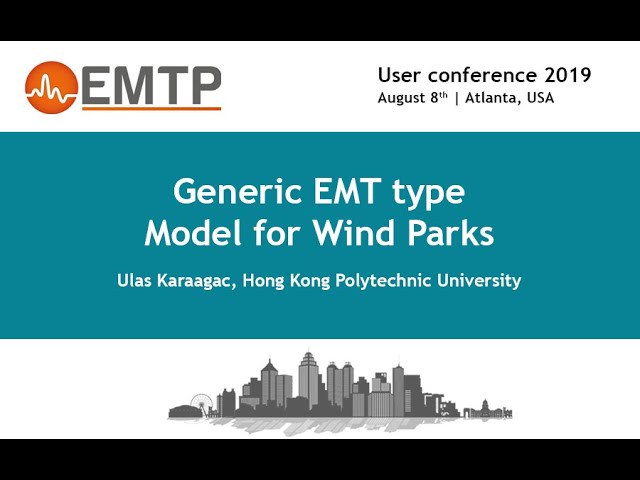
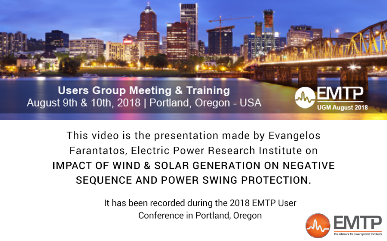
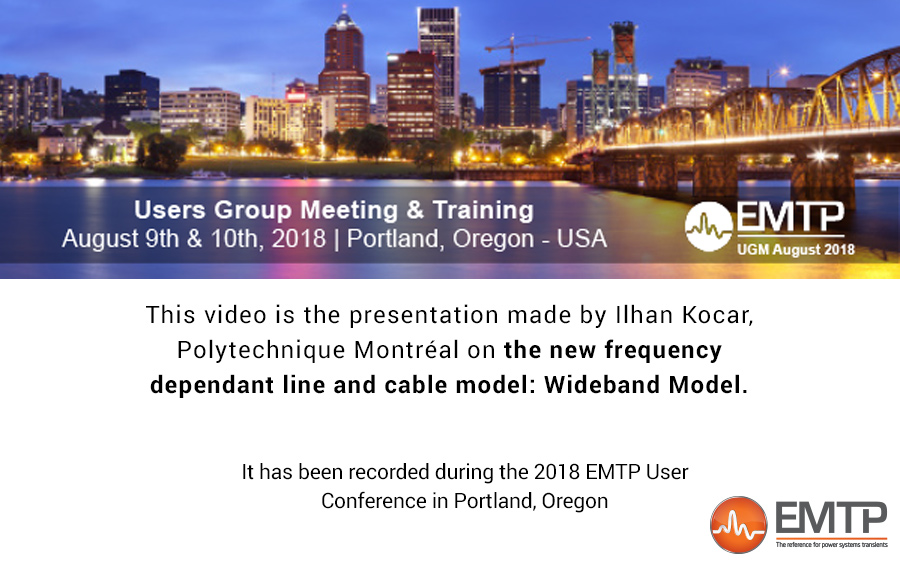
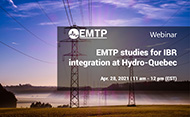
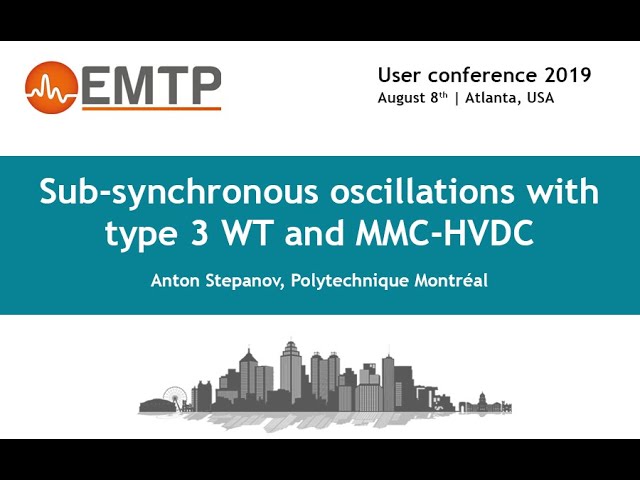
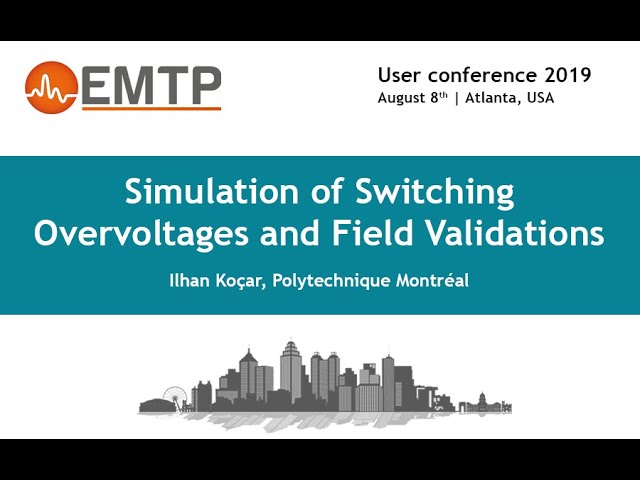
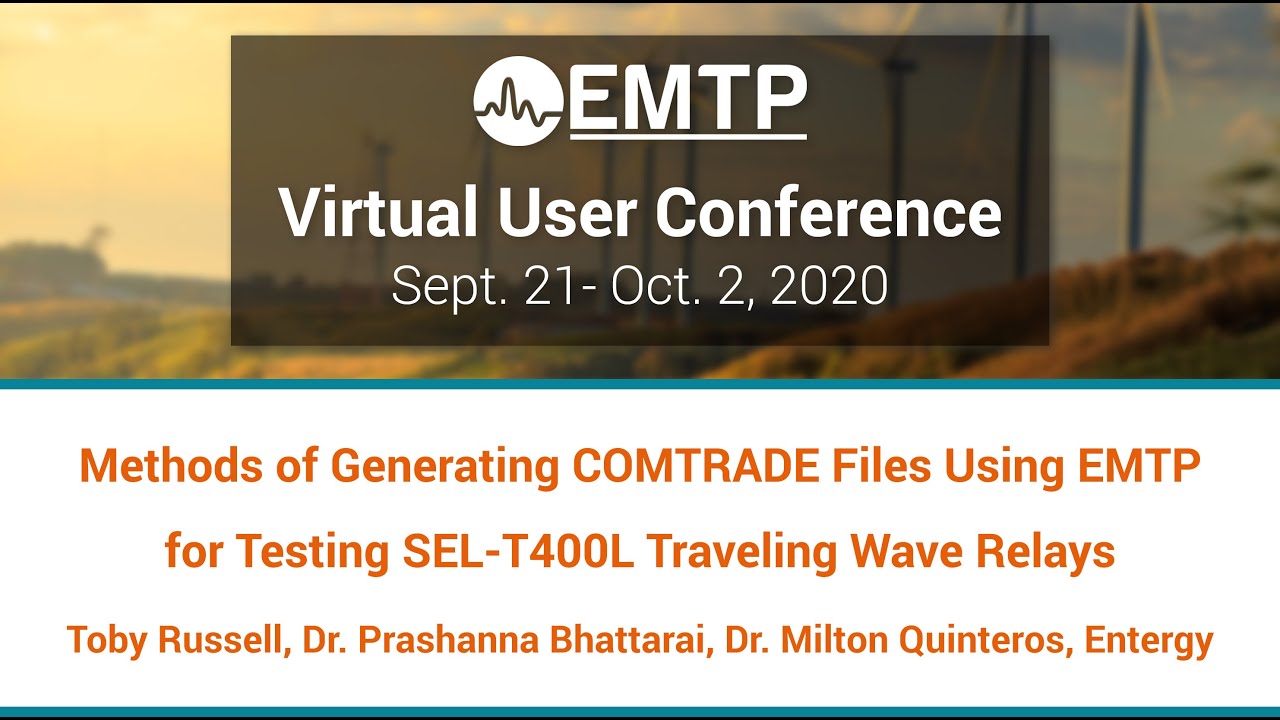
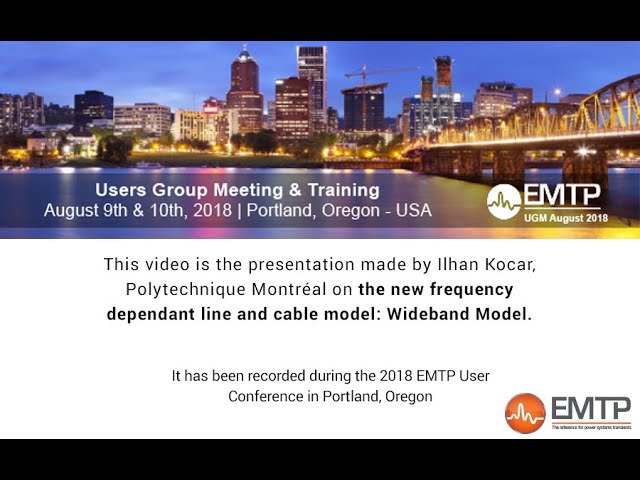
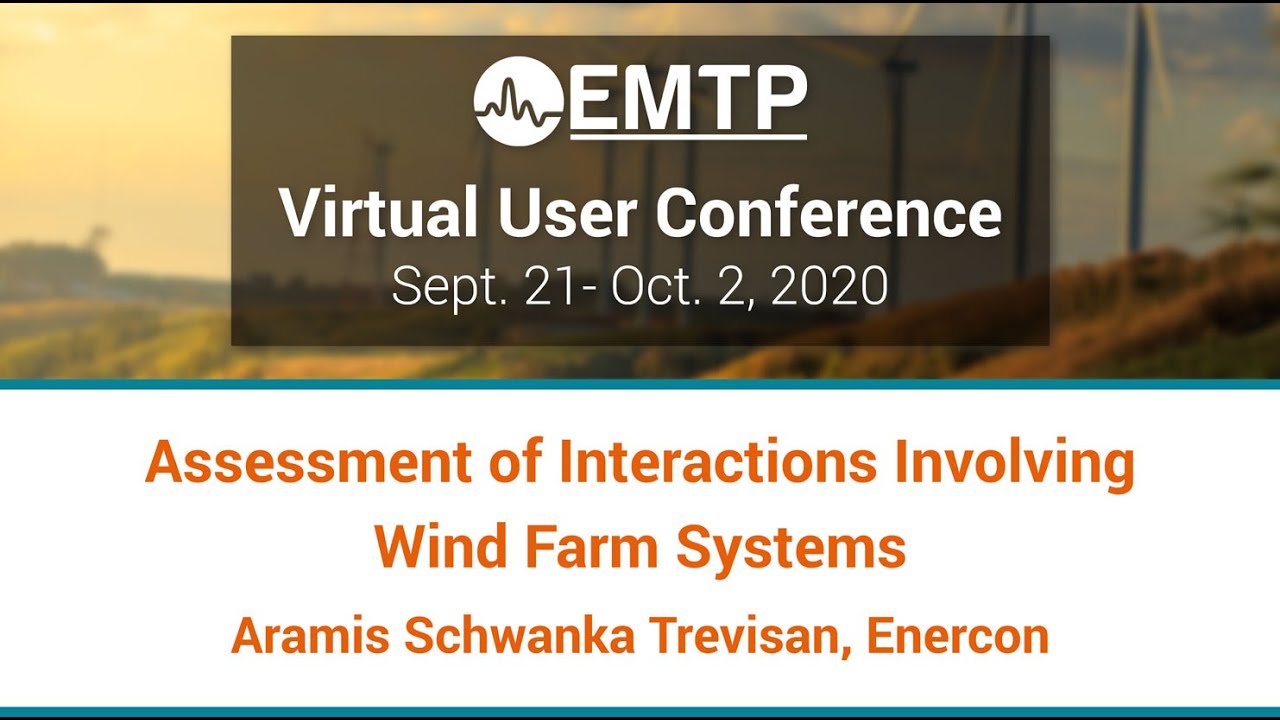
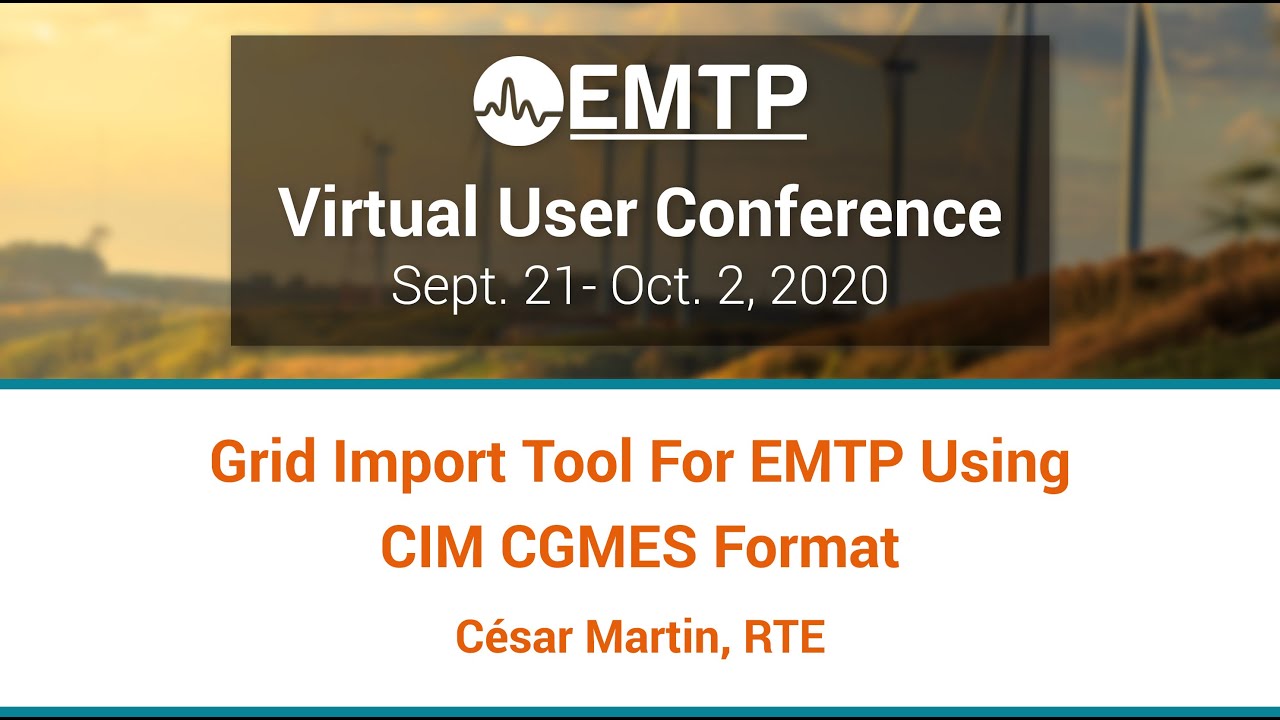
![[R&D]_EMTP : Recherche et développement [R&D]_EMTP : Recherche et développement](https://www.emtp.com/system/files/imagecache/presentation/slide1_1.jpg)
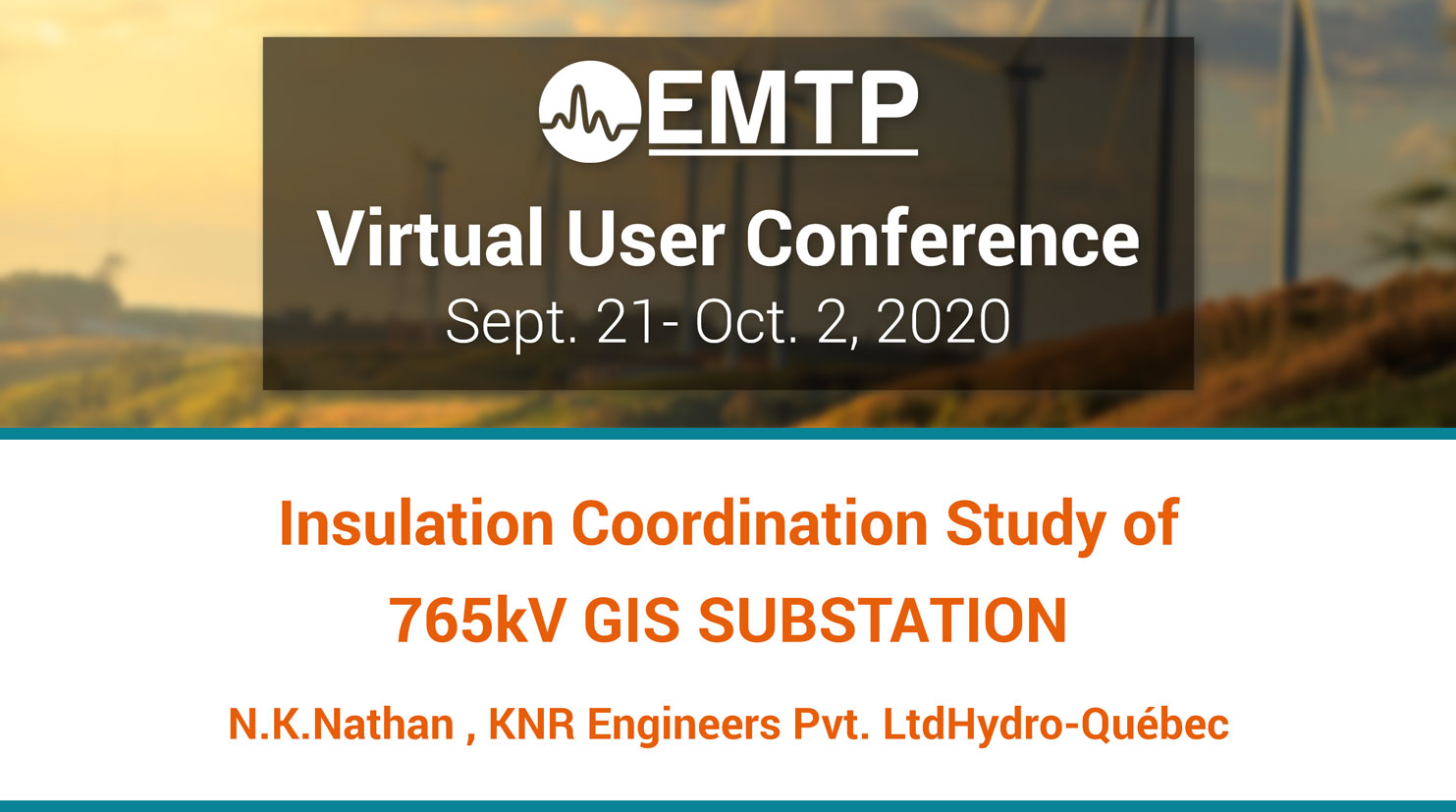
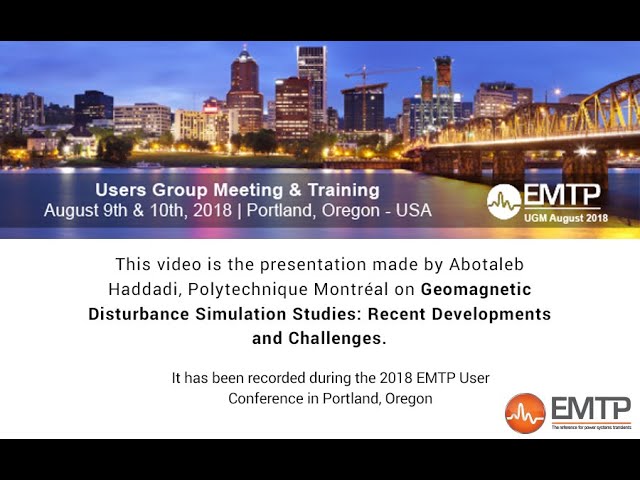
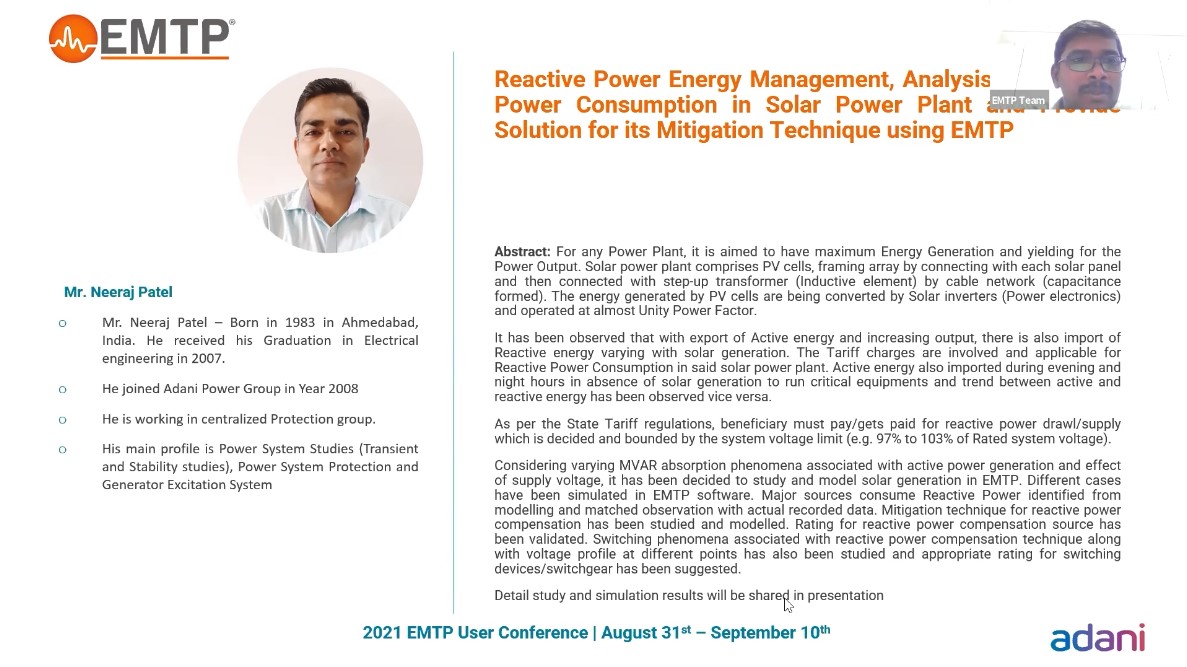
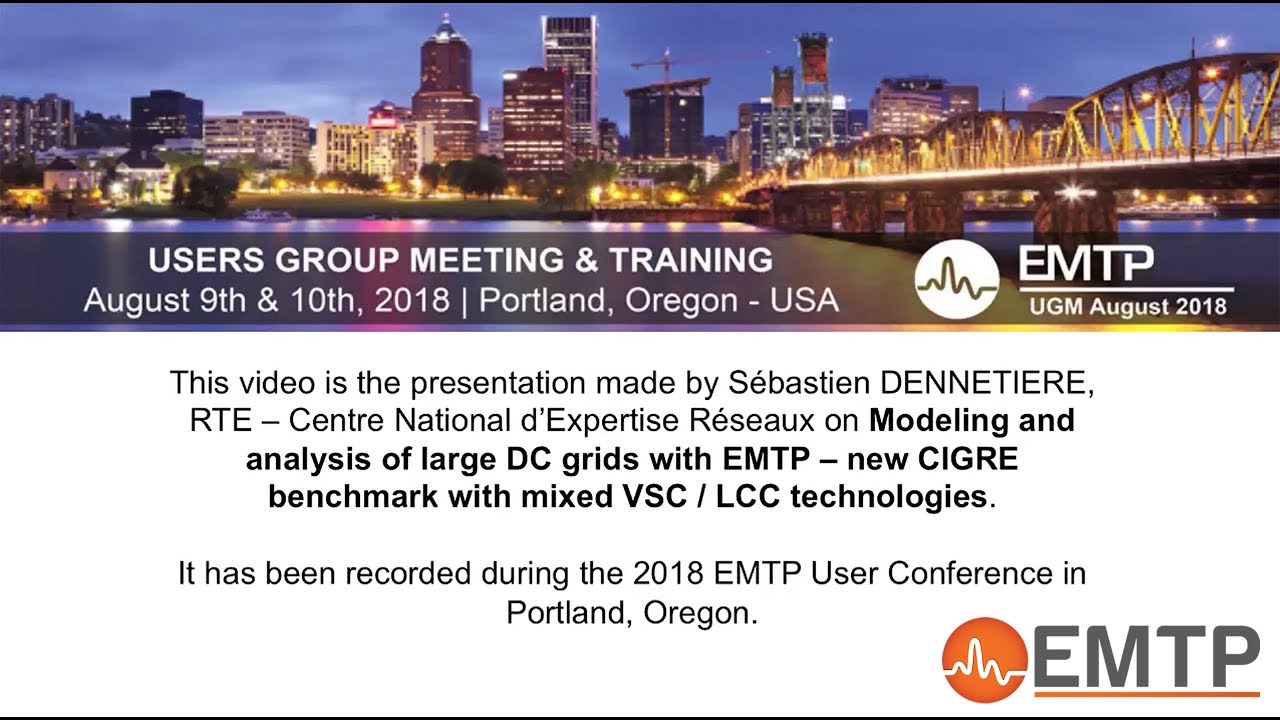
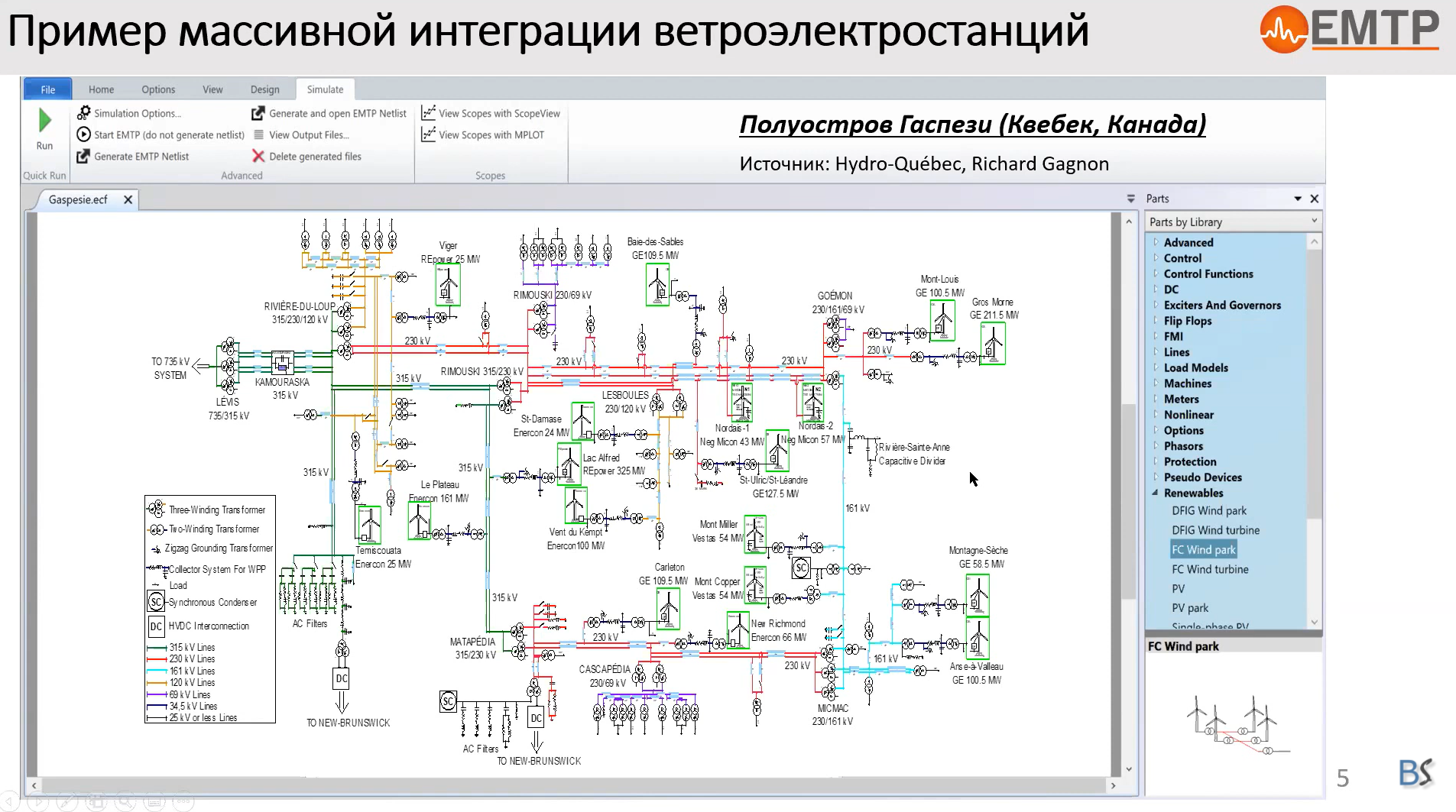
![[Protection_Devices]_Étude des courants coupés par les sectionneurs de changemen [Protection_Devices]_Étude des courants coupés par les sectionneurs de changemen](https://www.emtp.com/system/files/imagecache/presentation/TechnicalPresentation1.jpg)
